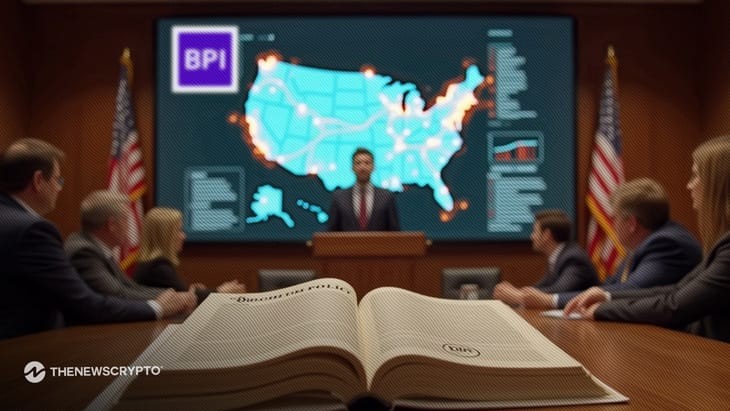- An important proposal included in the framework is to set up a US Strategic Bitcoin Reserve (SBR).
- The model demonstrated by BPI argues that this mechanism could help reduce federal interest costs and strengthen dollar-based assets.
The Bitcoin Policy Institute (BPI) recently released a policy manifesto urging the US to lead the Bitcoin infrastructure. On May 21, BPI published a 21-page policy framework, placing the US as the global leader in Bitcoin infrastructure.
Zack Shapiro, Head of Policy at BPI, is the author of the framework, calling it his Bitcoin Policy Manifesto. The manifesto highlights several comprehensive legislative and regulatory approaches, and refers to several terms as Bitcoin as financial assets, software protocols and mining infrastructure.
The document also undermines the approach to integrating Bitcoin into the US economy and geopolitical strategy. The head says that this document is a complete guide for lawmakers seeking to understand the fundamental legal, regulatory, and geopolitical dimensions of Bitcoin in a summary form.
Suggestions included in the document
An important proposal included in the framework is to set up a US Strategic Bitcoin Reserve (SBR) based on traditional gold or oil share submissions. BPI also argues that the rarity, neutrality and portability of Bitcoin is a strong mind against inflation.
It also includes some characteristics necessary to become a reserve asset. This document also strengthens security bonds that dedicate a certain portion of revenue to the purchase of Bitcoin, for the process of issuing Bitbonds or Bitcoin enhanced security bonds.
The model demonstrated by BPI argues that this mechanism could help reduce federal interest costs and strengthen dollar-based assets. BPI also distinguishes between custody and non-obligatory technologies in its documents from legal and innovation sector custody.
Speaking about the energy part, BPI proposed treating Bitcoin mining as a strategic tool for the fusion of grade stability and clean energy. The report also urged lawmakers to identify Bitcoin mining as a demand response asset and activate methane mitigation via flare gas on-site mining.
He also proposed a technology-neutral attitude and federal energy policy, advised to strengthen the load distribution for co-located mining operations with AI and data center infrastructure.






